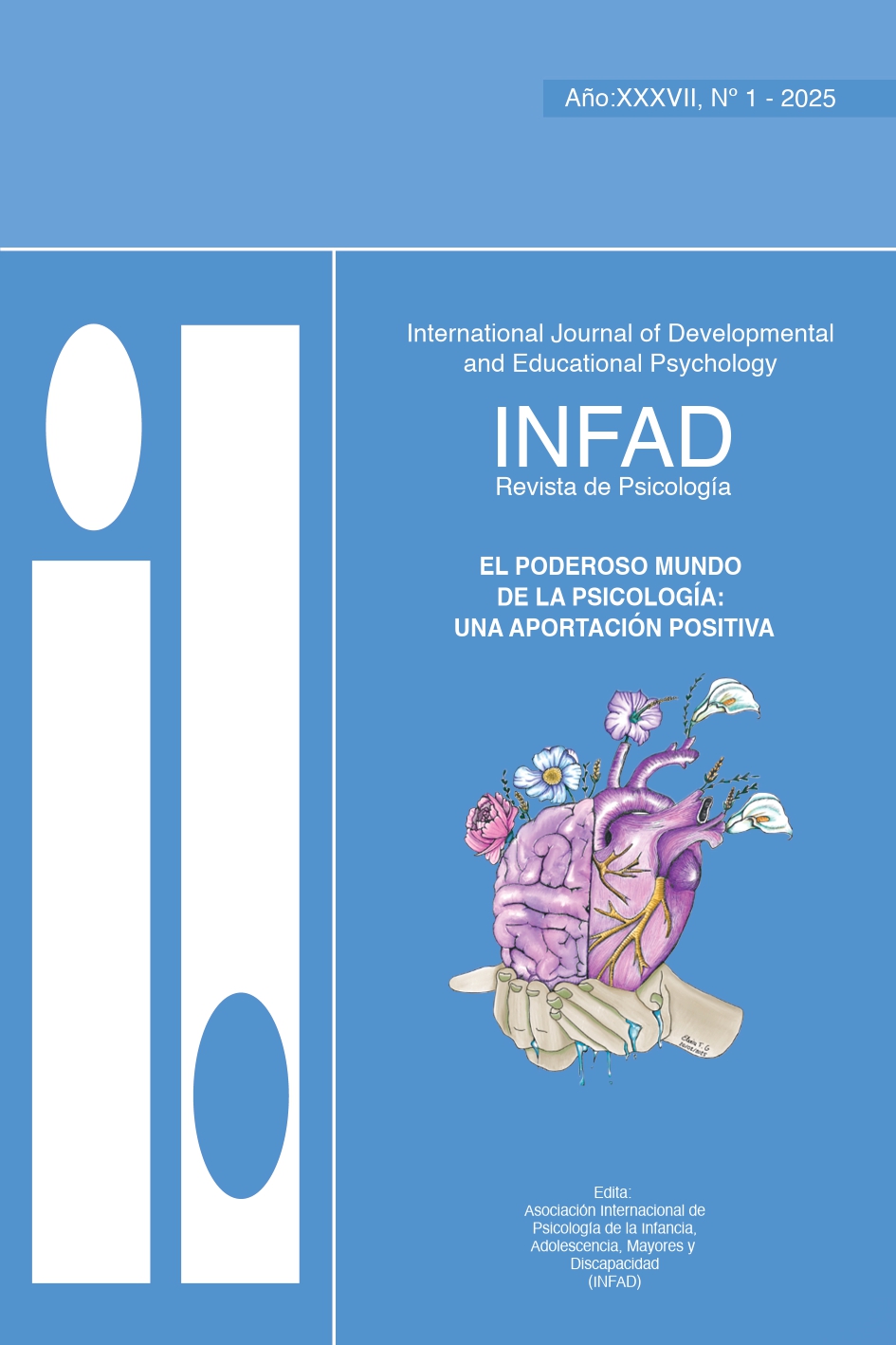Latent profiles of technology use and their relationship with performance in pisa Spain
Main Article Content
Abstract
In an era of increasing technological advances, in which Information and Communication Technologies have become an integral part of everyday life, educational institutions have generated various strategies to incorporate these technologies into the classroom environment and improve teaching and learning processes. It is reasonable to hypothesise that there is a direct correlation between the frequency of use and the students’ performance. The objectives of this work are twofold: firstly, to identify and characterise latent profiles based on the frequency of use of educational technology among Spanish students; and secondly, to analyse their relationship with performance in mathematics, science, and reading. For this study, the open database PISA 2022 was utilised. Firstly, a latent class analysis was performed on the Spanish sample (n=27548) to identify and characterize patterns of ICT use frequencies. Subsequently, MANOVA analysis and post hoc tests were applied to examine differences in academic performance between classes. The primary results indicated the presence of three latent classes in Spain, characterised by low, medium, and high frequency of use. The distribution of females, males, relative ages, and socioeconomic status is similar in all classes. Furthermore, students who have previously attended the institution are likelier to exhibit a higher frequency of low and medium use. The multivariate analysis observed a «U» shape in the Science and Reading achievement scores, whereby students with a medium frequency of use obtained lower scores than those with low and high frequency of use. The findings of this study indicate that the correlation between ICT utilisation and academic performance is not linear. It is important to note that the nature of the data (self-perception) may generate biases in the results; therefore, it would be important to conduct research that considers the students’ self-perception and triangulates with the teachers’ perceptions or direct observations in the classroom.
Article Details
Section

This work is licensed under a Creative Commons Attribution-NonCommercial-NoDerivatives 4.0 International License.
Attribution — You must give appropriate credit, provide a link to the license, and indicate if changes were made. You may do so in any reasonable manner, but not in any way that suggests the licensor endorses you or your use.
NonCommercial — You may not use the material for commercial purposes.
NoDerivatives — If you remix, transform, or build upon the material, you may not distribute the modified material.

This work is licensed under a Creative Commons Attribution-NonCommercial-NoDerivatives 4.0 International License
How to Cite
References
Alderete, M. V., Di Meglio, G., & Formichella, M. M. (2017). Acceso a las TIC y rendimiento educativo: ¿una relación potenciada por su uso? Un análisis para España. Revista de Educación, 377 . https://doi.org/10.4438/1988-592X-RE-2017-377-353
Beuermann, D. W., Cristia, J., Cueto, S., Malamud, O., & Cruz-Aguayo, Y. (2015). One Laptop per Child at Home: Short-Term Impacts from a Randomized Experiment in Peru. American Economic Journal: Applied Economics , 7 (2), 53-80. https://doi.org/10.1257/app.20130267
García-Martín, S., & Cantón-Mayo, I. (2019). Use of technologies and academic performance in adolescent students. Comunicar , 27 (59), 73-81. https://doi.org/10.3916/C59-2019-07
García-Utrera, L., Figueroa-Rodríguez, S., & Esquivel-Gámez, I. (2014). Modelo de Sustitución, Aumento, Modificación y Redefinición (SAMR): Fundamentos y aplicaciones. En Los Modelos Tecno-Educativos: Revolucionando el aprendizaje del siglo XXI (pp. 205-220). DSAE-Universidad Veracruzana.
Gorjón, L., Osés, A., & de la Rica, S. (2021). Tecnología en la educación: ¿cómo afecta al rendimiento del alumnado? (No. 1; p. 118). iseak.
Hawkins, R., Trucano, M., Cobo, C., Twinomugisha, A., & Sanchez Ciarrusta, I. (2020). Reimaginar las conexiones entra las personas tecnología e innovación educativa en el Banco Mundial .
Kraemer, K. L., Dedrick, J., & Sharma, P. (2009). One laptop per child: Vision vs. reality. Communications of the ACM , 52 (6), 66-73. https://doi.org/10.1145/1516046.1516063 OECD. (2021). 21st-Century Readers: Developing Literacy Skills in a Digital World . OECD. https://doi.org/10.1787/a83d84cb-en
OECD. (2024). PISA 2022 Technical Report . OECD Publishing. https://doi.org/10.1787/01820d6d-en
R Core Team. (2024). R: A language and environment for statistical computing. (Versión 4.2.0) [Software]. R Foundation for Statistical Computing. http://www.R-project.org/
Romero Saldarriaga, M. A., León Galarza, L. M., & Lorena León, G. (2024). Impacto de la tecnología en el proceso de enseñanza aprendizaje: Un análisis integral. Ciencia Latina Revista Científica Multidisciplinar , 8 (3), 9245-9270. https://doi.org/10.37811/cl_rcm.v8i3.12074
UNESCO. (2024). Informe de seguimiento de la educación en el mundo, 2023: Tecnología en la educación: ¿una herramienta en los términos de quién? GEM Report UNESCO. https://doi.org/10.54676/NEDS2300
Urruticoechea, A., Oliveri, A., & Koleszar, V. (2023). Análisis de la estructura factorial del desafío bebras 2021 en Uruguay y resultados preliminares. Revista INFAD de Psicología. International Journal of Developmental and Educational Psychology., 1 (1), 89-98. https://doi.org/10.17060/ijodaep.2023.n1.v1.2484
Vernazza, E., Álvarez Vaz, R., Del Callejo Canal, D., Canal Martínez, M., & Urruticoechea, A. (2023). ¿Influye la familiarización con las tics en el rendimiento en matemáticas y ciencias? El caso de España. Revista INFAD de Psicología. International Journal of Developmental and Educational Psychology., 1 (1), 107-116. https://doi.org/10.17060/ijodaep.2023.n1.v1.2486

